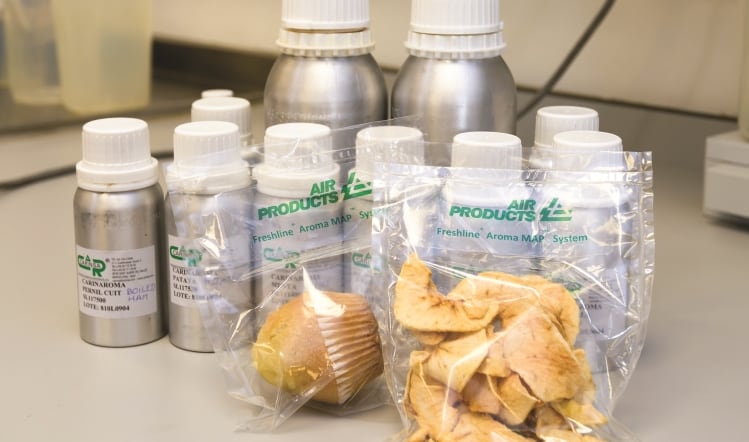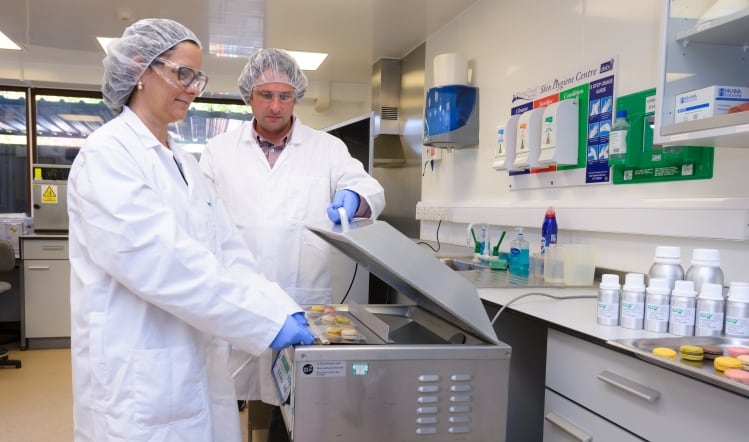The Freshline Aroma MAP system from Air Products is designed to give a new, scented edge to the consumer experience and to reinforce the customer’s brand.
At this stage, the technique was about sensory branding rather than any functional benefits, Air Products said. However, the system – which bolts on to the existing delivery and flushing mechanism for any combination of gases – could be developed to extend the shelf-life of a product, added the company.
Shelf-life enhancing
Many of the possible aromas, such as apple, are not known to offer any shelf-life enhancing or antimicrobial properties. But research has shown that others, such as cinnamon essential oil, could have positive effects in this area, even though the vaporised compound may only be at the level of parts-per-million.
However, observers noted that given the more limited choice of active antimicrobials, meat producers would still need to consider whether cinnamon oil, for example, was the appropriate pairing for their product.
“MAP has been around since the 1970s,” Cindy Biggins, product marketing specialist at Air Products, told Food Manufacture. “Research is important to us, but there hasn’t been a huge amount of innovation in all that time.”
Core range
Air Products offers a core range of 10 different gas mixes to the UK food industry, chiefly involving varying proportions of either oxygen and nitrogen, or CO2 and nitrogen. Any given customer is likely to be using only two or three gas mixes in its factory.
Up to now, much of the research into natural antimicrobial compounds has focused on using the packaging as a carrier, said Air Products lead agricultural engineer and MAP specialist Sonia Guri.
“This is good for the packaging manufacturers, but these compounds have to be in contact with the product to be effective,” she explained.



